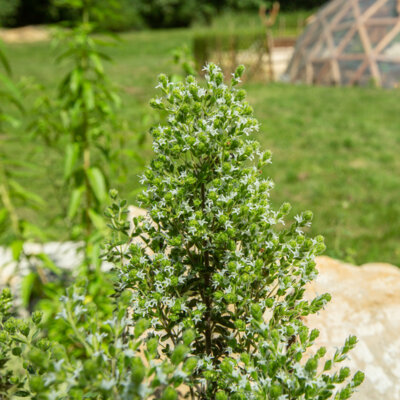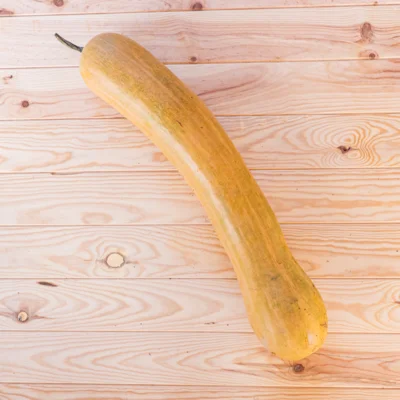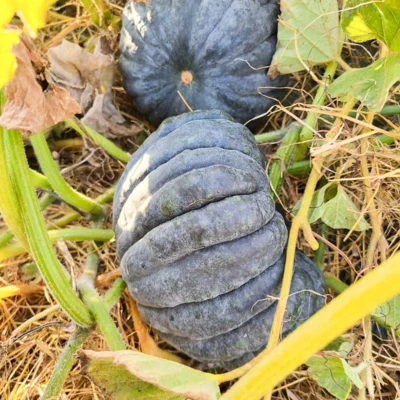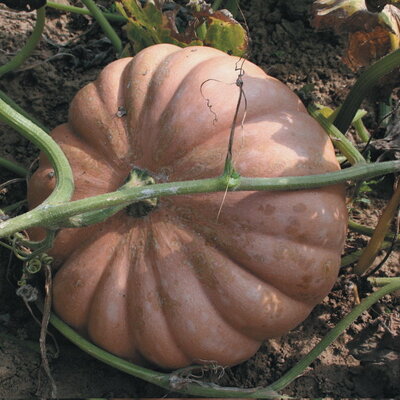
Garden Marjoram - Sweet marjoram
This perennial, woody species, 30 to 60 cm high, forms beautiful bushes with small, oval, downy, gray-green leaves and an incomparable flowery aroma. A symbol of joy and love since ancient times, marjoram is used in both cooking and medicine.
It has many medicinal virtues. Used for digestive disorders, it stimulates the production of gastric juices, revives the appetite and reduces the formation of gas during digestion. It also acts as a nervous system sedative, and is beneficial in cases of insomnia, nervousness and epilepsy. Marjoram is also used for infections and respiratory problems, cardiovascular disease, rheumatism, etc.
in bucket, in the ground
Sow in pots under a light shelter. When plants have 5 to 6 leaves, prick out at 30 cm in all directions. You can also sow directly in the ground, in well-warmed soil, or in autumn, in a nursery.
Depending on the region, marjoram is grown as an annual, as it is not very cold-hardy. Clumps are divided in autumn or spring.
March, April
April, May, June
June, July, August, September, October
in the ground, in pot
sunny
low
sandy, humus, potting soil
drained, rich, light
Origanum majorana
mid-season
500 seeds
Purple, Green
fragrance, edible
From 30 to 60 cm
Eurasia
Recommended since ancient times as a remedy for lack of appetite, digestion and stomach heaviness, Marjoram has many virtues, particularly for digestive problems, stimulating the production of gastric juices and reviving the appetite. Carminative, it acts as a sedative for the nervous system and spasmodic cramps, and is also used to make ointments to relieve rheumatism. To take advantage of its benefits, prepare an infusion of one teaspoon of crushed dried leaves in a cup of water. The distribution of Marjoram seeds or leaves for therapeutic purposes is still prohibited in France.











